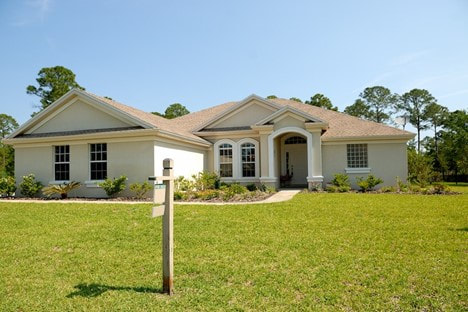|
Image via Pexels
In today's world, it's more important than ever to find ways to reduce our ecological impact. One of the most significant ways we can do this is by making our homes more eco-friendly. With advancements in technology, it's now easier than ever to make a smart home that's both sustainable and functional. In this article shared by Bryan Lincoln Real Estate, we’ll explore some tips and tricks for building or remodeling your home into an eco-friendly smart home. Insulate Properly to Conserve EnergyOne of the most basic ways to reduce your home’s ecological footprint is by properly insulating it. When your home is properly insulated, less energy is required to heat or cool it. This not only saves money on your energy bill but can significantly reduce your home’s carbon footprint. When selecting insulation; pay attention to the R-value. This number indicates the insulation’s resistance to heat flow—the higher the R-value, the better the insulation. You can also use eco-friendly materials like recycled denim or sheep’s wool. Not only are these materials more sustainable, but they’re also free from harmful chemicals that traditional insulation may contain. Install Smart SprinklersAnother easy way to reduce water waste in your eco-friendly home is by installing a smart sprinkler system. These systems use weather data to automatically adjust watering schedules and amounts, so your lawn and garden get the right amount of water. By avoiding overwatering, you’ll save water and money on your utility bill. Install Energy-Efficient Windows and DoorsOld windows and doors can create drafts, leading to wasted energy and higher energy bills. Replacing your windows and doors with energy-efficient versions can help improve insulation and reduce the amount of energy needed to heat or cool your home. Look for windows and doors with an energy-efficient rating that indicates the product's performance. Energy-efficient windows and doors come in various styles, including double-paned windows which help to prevent heat loss in colder seasons and reduce the need for air conditioning in warmer months. Use Low-Energy LightingLighting is an essential feature in any home. However, traditional incandescent light bulbs are not energy-efficient, consuming a lot of electricity and generating a lot of heat. Consider switching to LED or CFL lights; they use less energy and have a longer lifespan. LED lights, for example, can last up to 50,000 hours compared to traditional bulbs with an average life of about 1,000 hours. Additionally, they’re available in a broad range of colors suitable for any mood or aesthetic. Use Recycled Materials Where PossibleCreating an eco-friendly home requires a conscious approach to material choices. Select materials that have a proven record of sustainability and at the same time have the quality and durability needed to last for years. Look for opportunities to incorporate recycled and/or sustainable materials. For example, recycled glass, concrete, or bamboo flooring are all eco-friendly building materials. You can also find reclaimed wood, recycled metal, and other materials that have been repurposed from previous projects in your area. Install a Smart ThermostatSmart thermostats are designed to conserve energy while also keeping your home comfortable. They automatically adjust the temperature based on your preferences and lifestyle, so you’re not wasting energy when you’re not home. Additionally, you can control these systems remotely, meaning you can turn on or off the thermostat, and set the temperature from anywhere using a smartphone app. Get in Touch with Contractors Using AppsFinally, using a home maintenance and repair app can help you find local contractors that specialize in eco-friendly home renovations. For example, the Frontdoor one-stop app for home repair and maintenance connects you with experienced professionals. These contractors will have experience in installing energy-efficient systems like solar panels or finding ways to reduce your home’s water waste. Additionally, these apps can also help you set reminders for routine maintenance tasks, like changing air filters or checking insulation. Building an eco-friendly smart home requires a little research, but the benefits are many. You’ll save money on utility bills, reduce your home’s ecological footprint, and provide a comfortable living space for you and your family. By implementing these tips and tricks, you can create an eco-friendly smart home that helps you live sustainably and efficiently. Looking to purchase an eco-friendly home? Let Bryan Lincoln Real Estate assist you in your search. Get in touch with us today by calling 916-469-9540.
0 Comments
Leave a Reply. |
Archives
July 2024
Categories |

 RSS Feed
RSS Feed